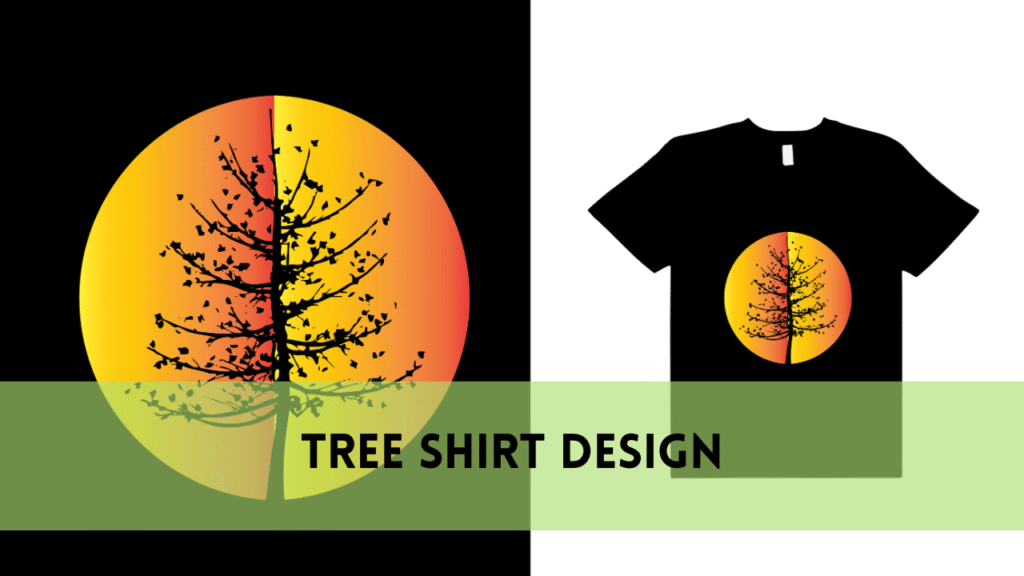Trees are the lungs of our planet, silently purifying the air and providing countless benefits to the environment. Can you breathe life back into that same spot by planting a new tree? This article delves into the intriguing world of Can we Plant a Tree where the Stump was Removed. We’ll uncover methods, considerations, and rewards of this green transformation, highlighting how you can contribute to a healthier planet right in your backyard.
How the stump was removed plays a significant role
Stump grinding, which shreds the stump into small wood chips, is generally more favorable than complete stump removal, as it allows easy soil incorporation.
Soil Quality
Assess the quality of the soil in the stump’s location. Stumps left to decompose naturally can enrich the soil, but this depends on the tree species and local conditions.
Root Decay
Consider the extent of root decay in the area. If the old tree’s roots are still decomposing, they may deplete the soil’s nutrients and create air pockets that hinder new root growth.
Compaction
Soil compaction can occur during stump removal, limiting the new tree’s ability to establish its root system. Compacted soil may require aeration or additional amendment.
Can we plant a tree where the stump was removed?
Stump Removal and Soil Preparation:
Ensure that the area is clear of any debris from the old tree.
Loosen and amend the soil as needed. If the soil is compacted or lacks nutrients, add organic matter like compost to improve its quality.
Choosing and planting the tree:
Select a tree species that is well-suited to your climate, soil type, and the location’s sun exposure. Consider the mature size of the tree and its compatibility with the surrounding landscape.
Dig a wider hole and slightly shallower than the tree’s root ball and Gently remove the new tree from its container. Place the tree in the hole, ensuring that the top of the root ball is level with the ground surface.
Backfill the hole with soil, tamping it down gently as you go to eliminate air pockets.
Mulching and Watering:
- Mulch is like a cozy blanket for a tree’s roots, providing insulation from extreme temperatures and conserving precious moisture. Apply a layer of mulch around the base of the tree. keep the mulch away from the tree trunk to prevent rot.
- Watering your tree is like giving it a refreshing drink on a hot day – essential for its survival and well-being. Water the newly planted tree thoroughly, and ensure that the soil around the roots is evenly moist.
Care and Maintenance:
Monitor the tree’s growth and provide regular watering, especially during its first few years of establishment.
Prune the tree as needed to promote healthy growth and structure.
Related Posts:
Safety guidelines
- Protective Gear: Wear gloves, safety glasses, and suitable clothing to shield yourself Tool Safety
- Handle planting tools carefully to avoid accidents, and keep them sharp for efficient use.
- Stump Debris: Remove all remnants of the old stump and roots to create a safe planting environment.
- Proper Technique: Use correct planting techniques to avoid strain or injury,
- Clear Work Area: Keep the planting area clear of debris, tools, and tripping hazards.
- Teamwork: If possible, have a partner to assist with heavy lifting and ensure safety.
- Hydration: Stay hydrated and take regular breaks to prevent fatigue and overheating.
- Follow Local Regulations: Adhere to local regulations and guidelines for safe tree planting practices.
Conclusion
Planting a tree where a stump has been removed is an endeavor filled with potential, offering the chance to rejuvenate your landscape and create new green life. it’s a task that requires careful consideration, from assessing the legacy of the old stump to choosing the right tree and following proper planting procedures. Safety should always be a priority, and maintenance plays a crucial role in ensuring the new tree’s success. With the right approach, you can transform a once-stump-filled space into a thriving green haven, benefiting both your property and the planet.




